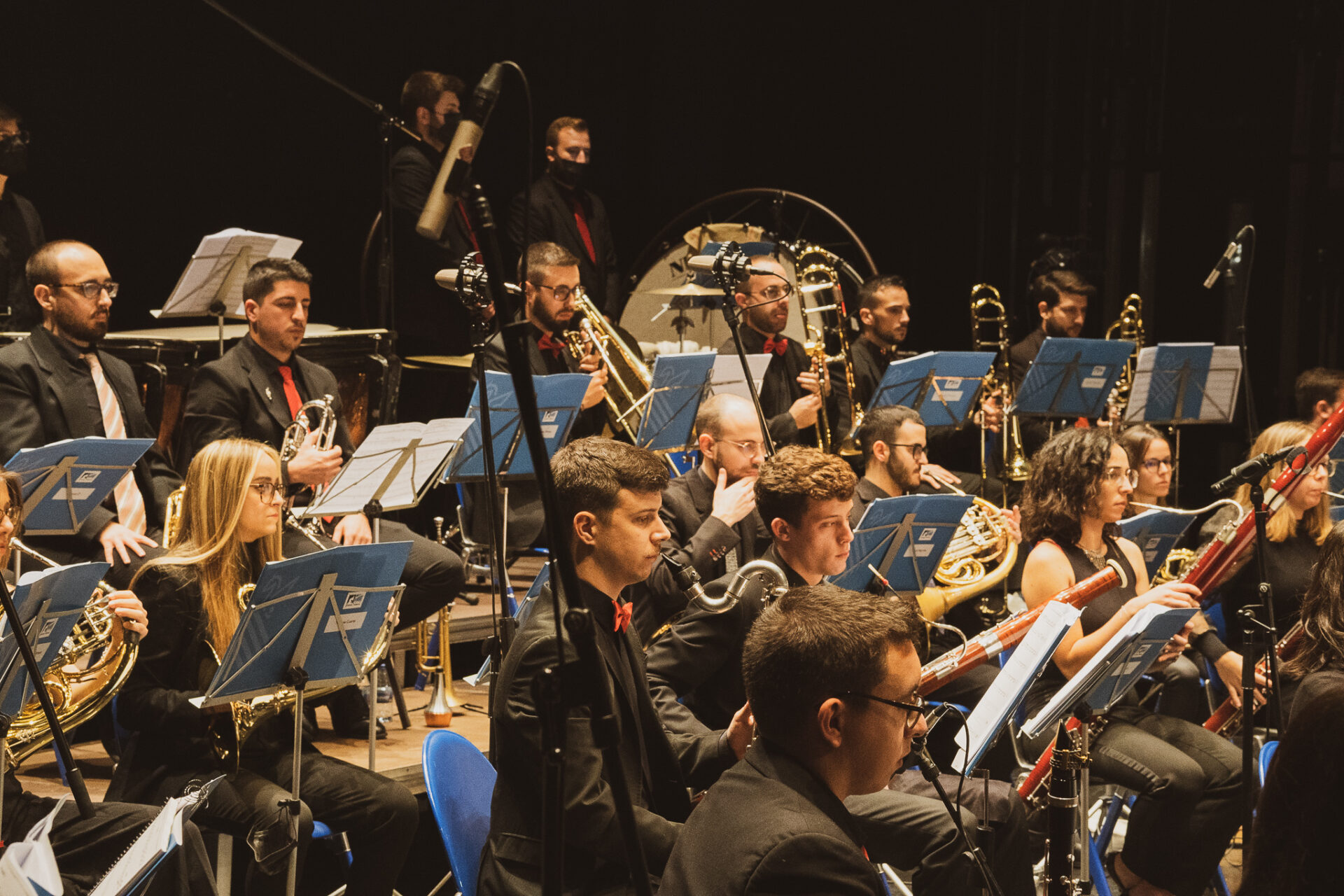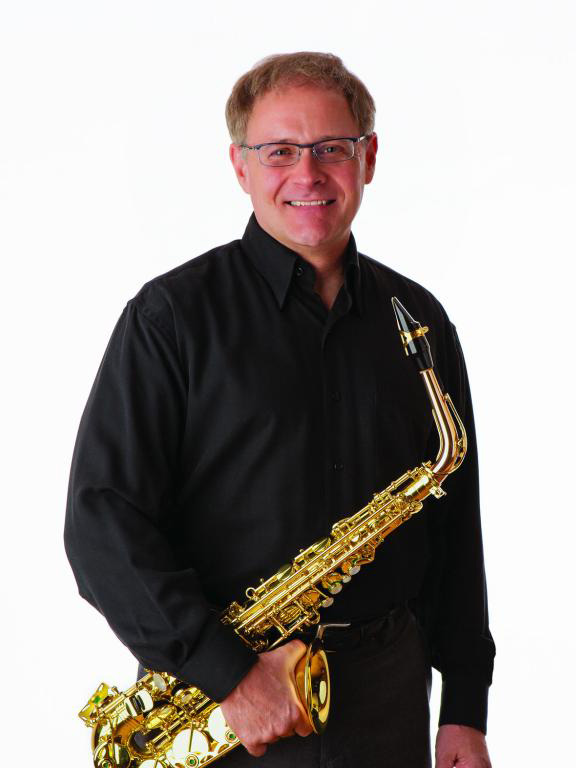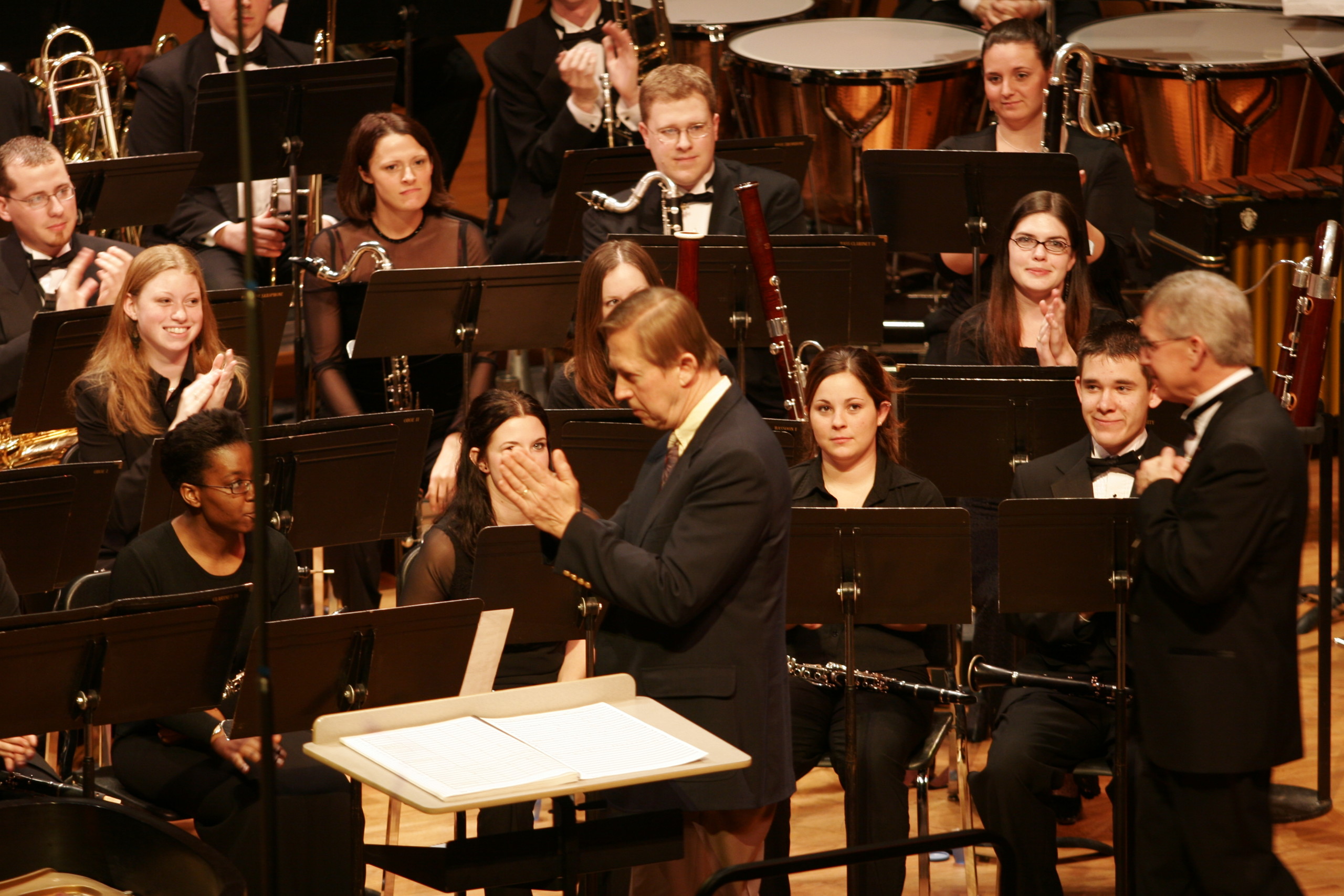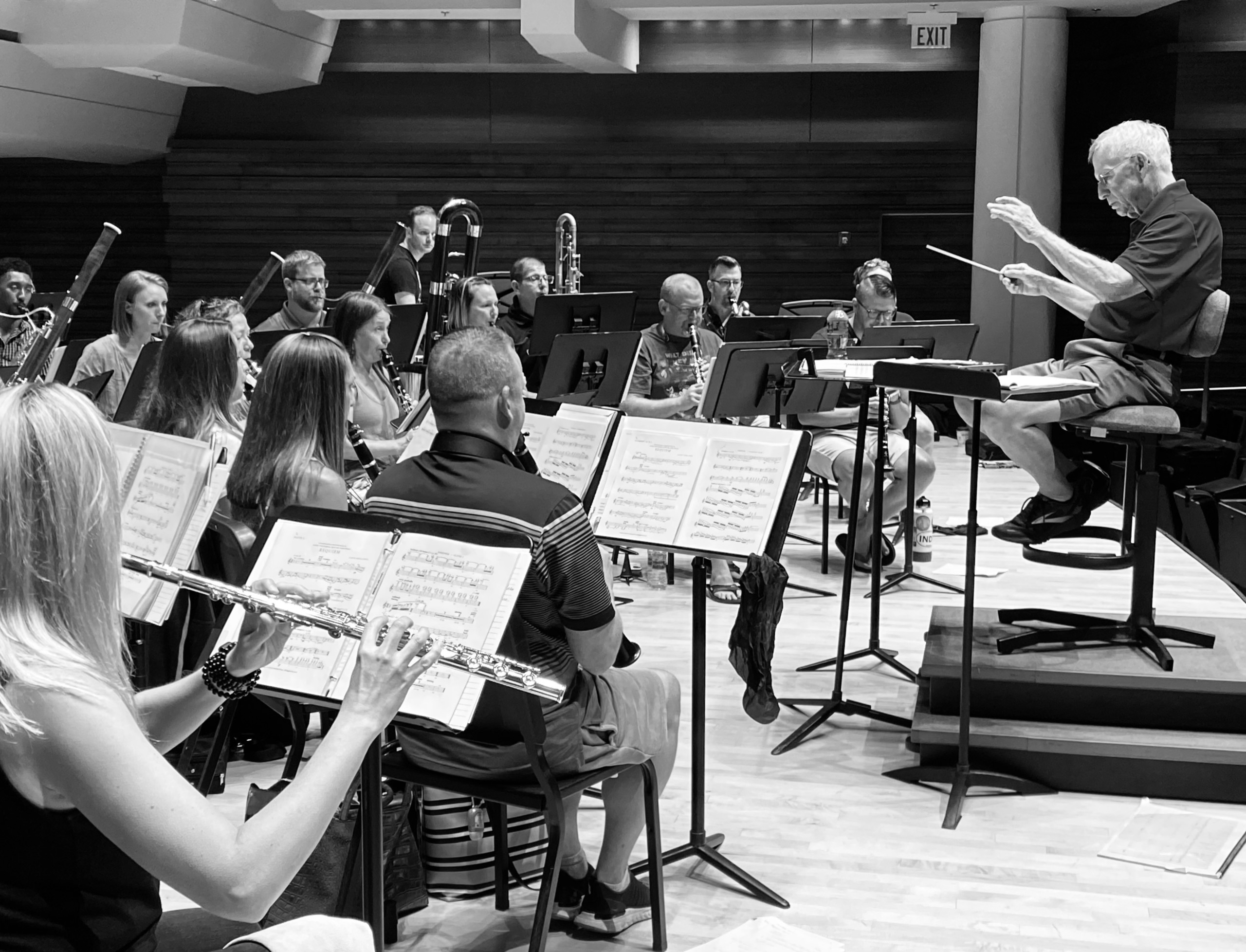Maslanka Weekly highlights excellent performances of David Maslanka’s music from around the web.
In an interview dated from May of 2003, when asked about his favorite pieces to compose, David remarked, “I particularly enjoy writing symphonies and concertos, and hope to live long enough to write a bunch more. But my primary work as a composer is to be available to hear internally what wants to happen at every new instant for the music I am writing. I have seen major changes in myself and in my writing over the years…and am truly interested to see where this takes me.”
David would go on to write a total of nine completed symphonies and an unfinished tenth, which was later completed by his son, Matthew. With the exception of Symphony No. 1, all of them have been performed, studied, and recorded, with many of them achieving fame and prominence in the band world.
This week, we are excited to feature amazing new performances of three of David’s most popular symphonies: Symphony No. 4, Symphony No. 7 and Symphony No. 8.
Symphony No. 4
From David’s Program Note:
The sources that give rise to a piece of music are many and deep. It is possible to describe the technical aspects of a work – its construction principles, its orchestration – but nearly impossible to write of its soul nature except through hints and suggestions.
The roots of Symphony No. 4 are many. The central driving force is the spontaneous rise of the impulse to shout for the joy of life. I feel it is the powerful voice of the earth that comes to me from my adopted western Montana, and the high plains and mountains of central Idaho. My personal experience of the voice is one of being helpless and torn open by the power of the thing that wants to be expressed – the welling-up shout that cannot be denied. I am set aquiver and am forced to shout and sing. The response in the voice of the earth is the answering shout of thanksgiving, and the shout of praise.
Out of this, the hymn tune Old Hundred, several other hymn tunes (the Bach chorales Only Trust in God to Guide You and Christ Who Makes Us Holy), and original melodies which are hymn-like in nature, form the backbone of Symphony No. 4.
More info
- Lidón Valer Cabaleiro
- Joven Banda Sinfónica de la FSMCV
- Symphony No. 4 @ davidmaslanka.com
Symphony No. 7
From David’s Program Note:
I am strongly affected by American folk songs and hymn tunes, and I think of this symphony as “old songs remembered.” With one exception all the tunes are original, but they all feel very familiar. The borrowed melody is from the 371 Four-Part Chorales by J.S. Bach. Each song has a bright side and a dark side, a surface and the dream underneath. Each is a signal or call which evokes an inner world of associations.
- Sunday night church services from my youth. Mrs. Smith played the piano. The opening piano solo is marked “enthusiastically” in the score. A dream travels to a far place.
- In the manner of an American folk song, with a setting that might have come out of the 19th or early 20th centuries.
- A ferocious fast music, unrelenting, determined to get a grip on chaos. Toward the end a fractious quote of the Bach Chorale melody “Du Friedensfurst Herr Jesu Christ” (Prince of Peace Lord Jesus Christ).
- A simple song of peace and healing.
Watch below as Robert Dunham leads the Georgia Southern University Symphonic Wind Ensemble in a terrific performance of this work.
More info
- Robert Dunham
- Georgia Southern University Bands
- Symphony No. 7 @ davidmaslanka.com
Symphony No. 8
From David’s Program Note:
Symphony No. 8 is in three distinct movements, bur the musical layout suggests a single large-scale panoramic vista.
I began the composition process for this symphony with meditation, and was shown scenes of widespread devastation. But this music is not about the surface of our world problems. It is a response to a much deeper vital creative flow which is forcefully at work, and which will carry us through our age of crisis. This music is a celebration of life. It is about new life, continuity from the past to the future, great hope, great faith, joy, ecstatic vision, and fierce determination.
The old is continually present in the new. The first movement touches the “Gloria” from my Mass: “Glory to God in the highest,” whatever that may mean to you: the power of the universe made manifest to us and through us.
The second movement is a large fantasia on the old Lutheran chorale melody Jesu meine Freude (Jesus My Joy). The life of Christ is one powerful image of the high creative: being willing to be broken to receive the new; giving oneself up entirely so that a new idea can be born. The old form of the organ chorale prelude underlies this movement – new language out of the old.
The third movement is a music of praise and gratitude for all that is. It can be traced to the very end of the favorite old hymn tune All Creatures of Our God and King – the part with the joyous descending major scale where all the bells ring out. I recently used this tune for a set of variations in a piece called Unending Stream of Life, a name which could also be a fitting subtitle for this symphony.
Watch below as Toni Scholl leads the Schwäbisches Jugendblasorchester des Allgäu-Schwäbischen Musikbunde in an outstanding performance of Movement II.
More info
- Toni Scholl
- Schwäbisches Jugendblasorchester des Allgäu-Schwäbischen Musikbunde
- Symphony No. 8 @ davidmaslanka.com
We would love to hear from you! If you know of any outstanding performances of David Maslanka’s music on the web, please email us at maslankaweekly@maslanka.org.





